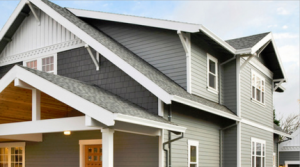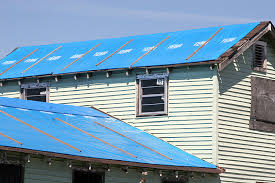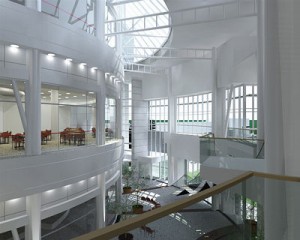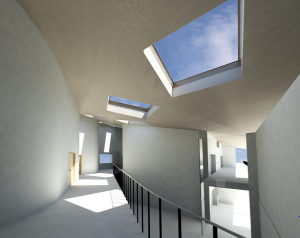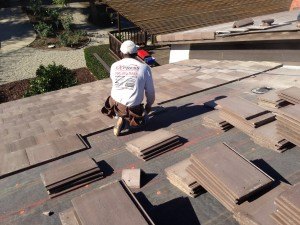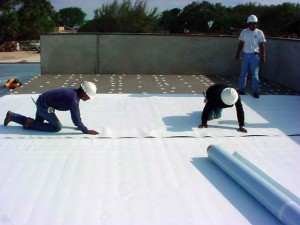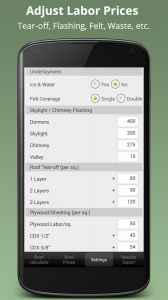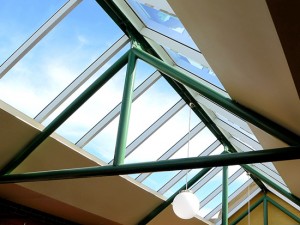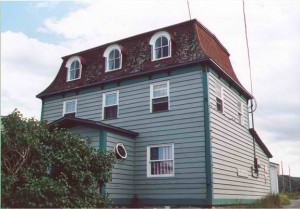Things to Consider When Searching for a Professional Roofing Kansas City Inspection
The advent in technology did not only give us more ways to communicate with our loved ones, it also gave us the power to do-it-yourself just about anything imaginable in this world. With only a click of a finger, Google can churn out gazillions of DIY tips on homekeeping, photography, arts, and anything you can think of.
The same goes with Kansas City roofing inspection. A couple of taps on the keyboard would produce results telling you to inspect the shingles, to trim the branches, and to clean the gutter of your roof regularly, so that it would be ready for any changes in temperature and weather.
But how do you know when to conduct a DIY roofing inspection and when to seek professional help for it? Basically, there are two factors that would play in the equation—time and money. If you don’t have the time to inspect your roof, then chances are you would seek professional help for it. Same goes with the expenses equated with it—if you don’t have the budget for a professional roof inspection, then you may prefer to do it on your own.
Trying the DIY Way
When preparing your roof for a summer weather, you can increase the structure’s solar reflectance, so that it could keep the interior of the home cooler. It will reduce energy usage too because it would be less dependent on the HVAC system.
Alternatively, you might want to paint your roofs a lighter shade, so that it would attract less heat during the warmer days.
Then, there’s what they call a misting system, which you can check out in most hardware stores. This system can monitor consistently the temperature of the roof, and spray it with mist when it becomes too hot. This would prevent the home from getting too hot, and could reduce instances of damages on tiles or shingles as well.
Safety is the Priority
But if the problem becomes too heavy for a DIY, then the one thing you should remember is that above time and money, safety must be your priority. If you think you can no longer DIY your roof inspection, it would be best if you can take the time out from your busy schedule and seek professional help like Roof Worx from Thornton.
It is also advisable for you to set aside a specific amount from your monthly budget for roofing inspection needs. Remember that the roof above your head is basically what separates you and your family from frying in the summer season or freezing during the winter months.
Always put the safety of yourself and your family on top of the list.

